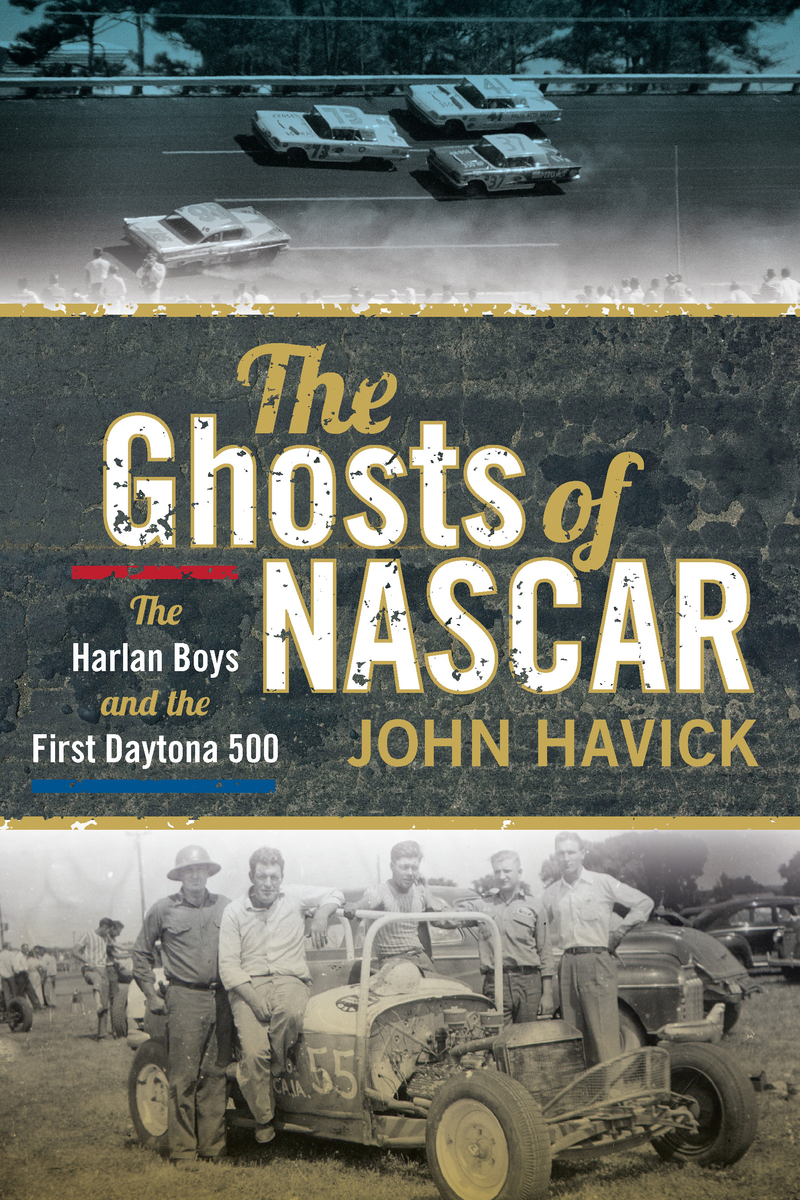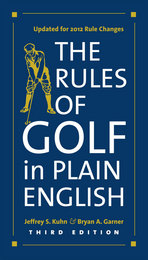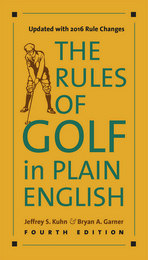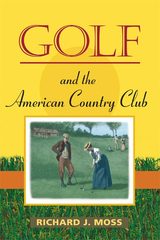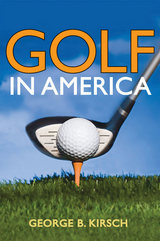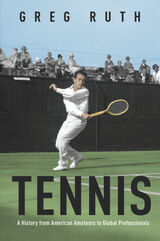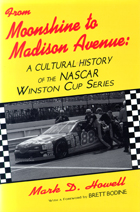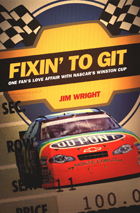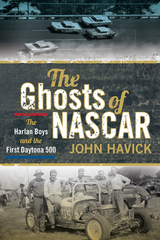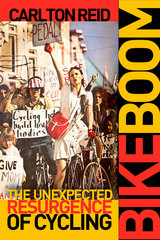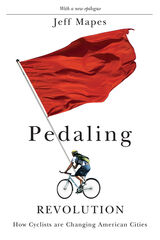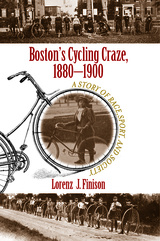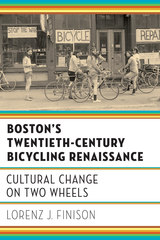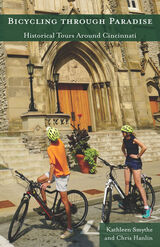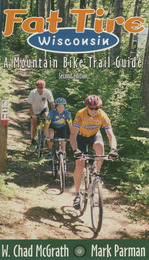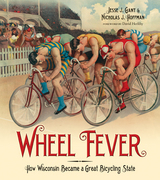The Ghosts of NASCAR: The Harlan Boys and the First Daytona 500
University of Iowa Press, 2013
eISBN: 978-1-60938-211-7 | Paper: 978-1-60938-197-4
Library of Congress Classification GV1033.5.D39H38 2013
Dewey Decimal Classification 796.720975921
eISBN: 978-1-60938-211-7 | Paper: 978-1-60938-197-4
Library of Congress Classification GV1033.5.D39H38 2013
Dewey Decimal Classification 796.720975921
ABOUT THIS BOOK | AUTHOR BIOGRAPHY | REVIEWS | TOC | REQUEST ACCESSIBLE FILE
ABOUT THIS BOOK
Who won the first Daytona 500? Fans still debate whether it was midwestern champion Johnny Beauchamp, declared the victor at the finish line, or longtime NASCAR driver Lee Petty, declared the official winner a few days after the race. The Ghosts of NASCAR puts the controversial finish under a microscope. Author John Havick interviewed scores of people, analyzed film of the race, and pored over newspaper accounts of the event. He uses this information and his deep knowledge of the sport as it worked then to determine what probably happened. But he also tells a much bigger story: the story of how Johnny Beauchamp—and his Harlan, Iowa, compatriots, mechanic Dale Swanson and driver Tiny Lund—ended up in Florida driving in the 1959 Daytona race.
The Ghosts of NASCAR details how the Harlan Boys turned to racing cars to have fun and to escape the limited opportunities for poor boys in rural southwestern Iowa. As auto racing became more popular and better organized in the 1950s, Swanson, Lund, and Beauchamp battled dozens of rivals and came to dominate the sport in the Midwest. By the later part of the decade, the three men were ready to take on the competition in the South’s growing NASCAR circuit. One of the top mechanics of the day, Swanson literally wrote the book on race cars at Chevrolet’s clandestine racing shop in Atlanta, Georgia, while Beauchamp and Lund proved themselves worthy competitors. It all came to a head on the brand-new Daytona track in 1959.
The Harlan Boys’ long careers and midwestern racing in general have largely faded from memory. The Ghosts of NASCAR recaptures it all: how they negotiated the corners on dirt tracks and passed or spun out their opponents; how officials tore down cars after races to make sure they conformed to track rules; the mix of violence and camaraderie among fierce competitors; and the struggles to organize and regulate the sport. One of very few accounts of 1950s midwestern stock car racing, The Ghosts of NASCAR is told by a man who was there during the sport’s earliest days.
See other books on: Ghosts | Motor Sports | Sports & Recreation | Stock car racing | United States
See other titles from University of Iowa Press
